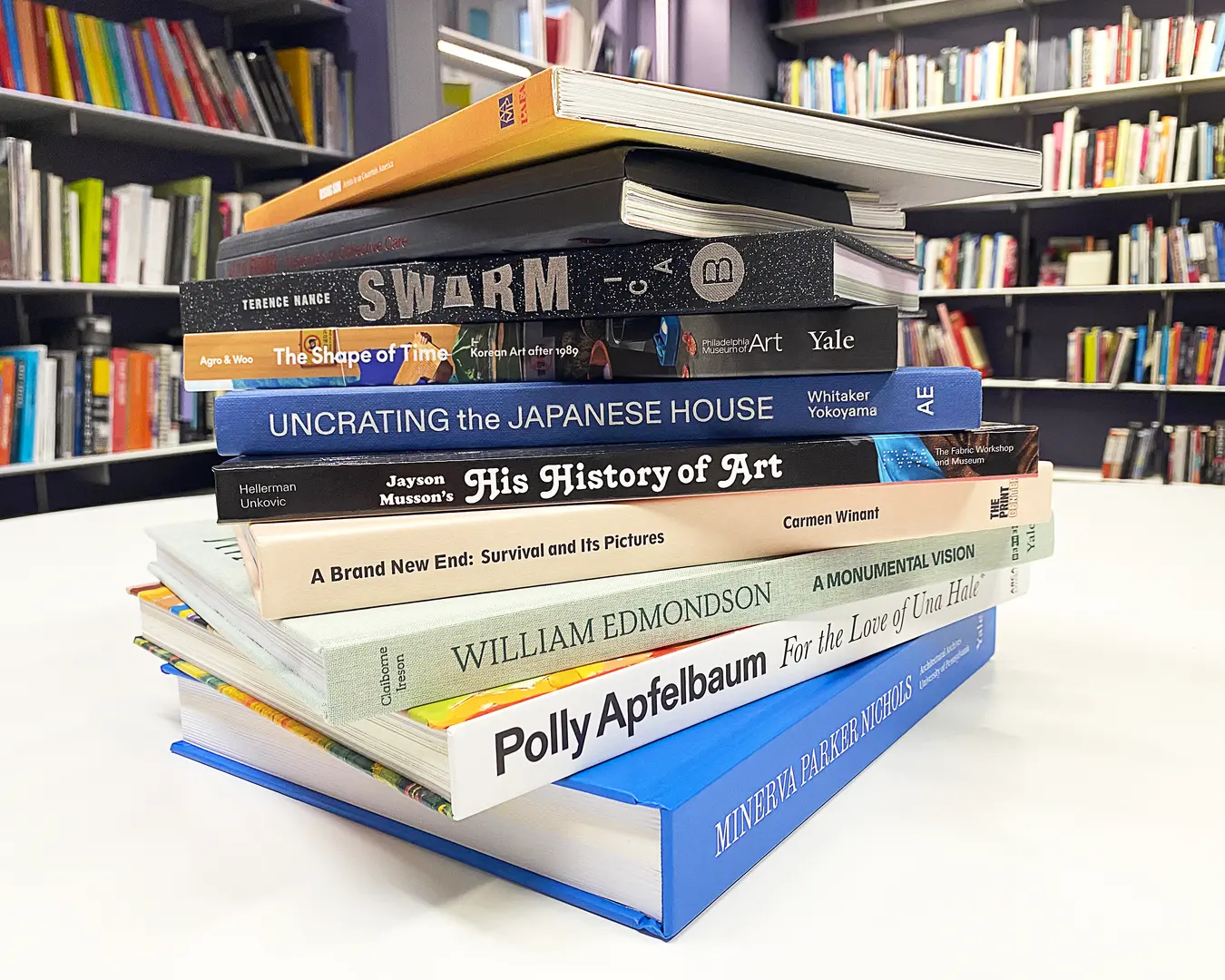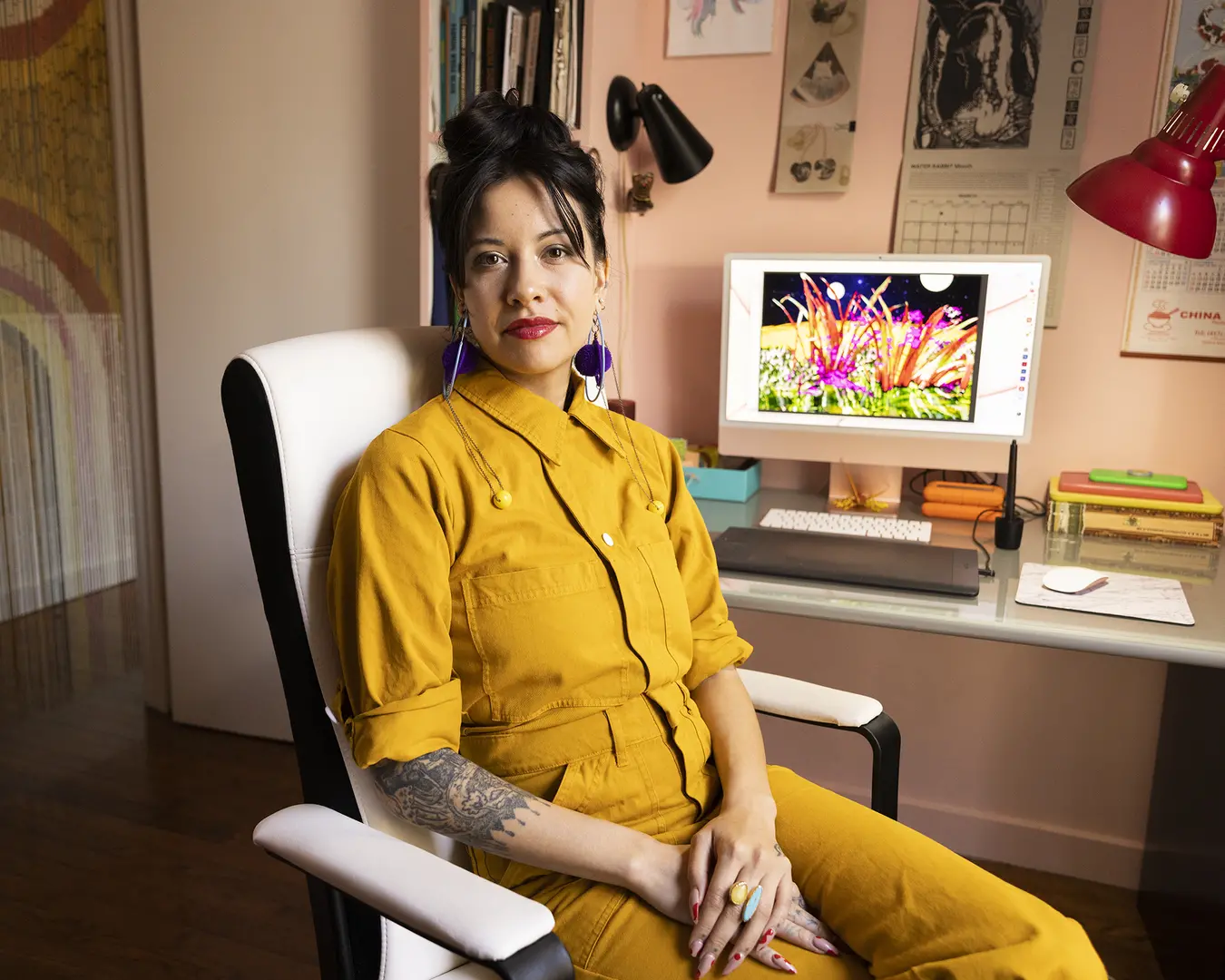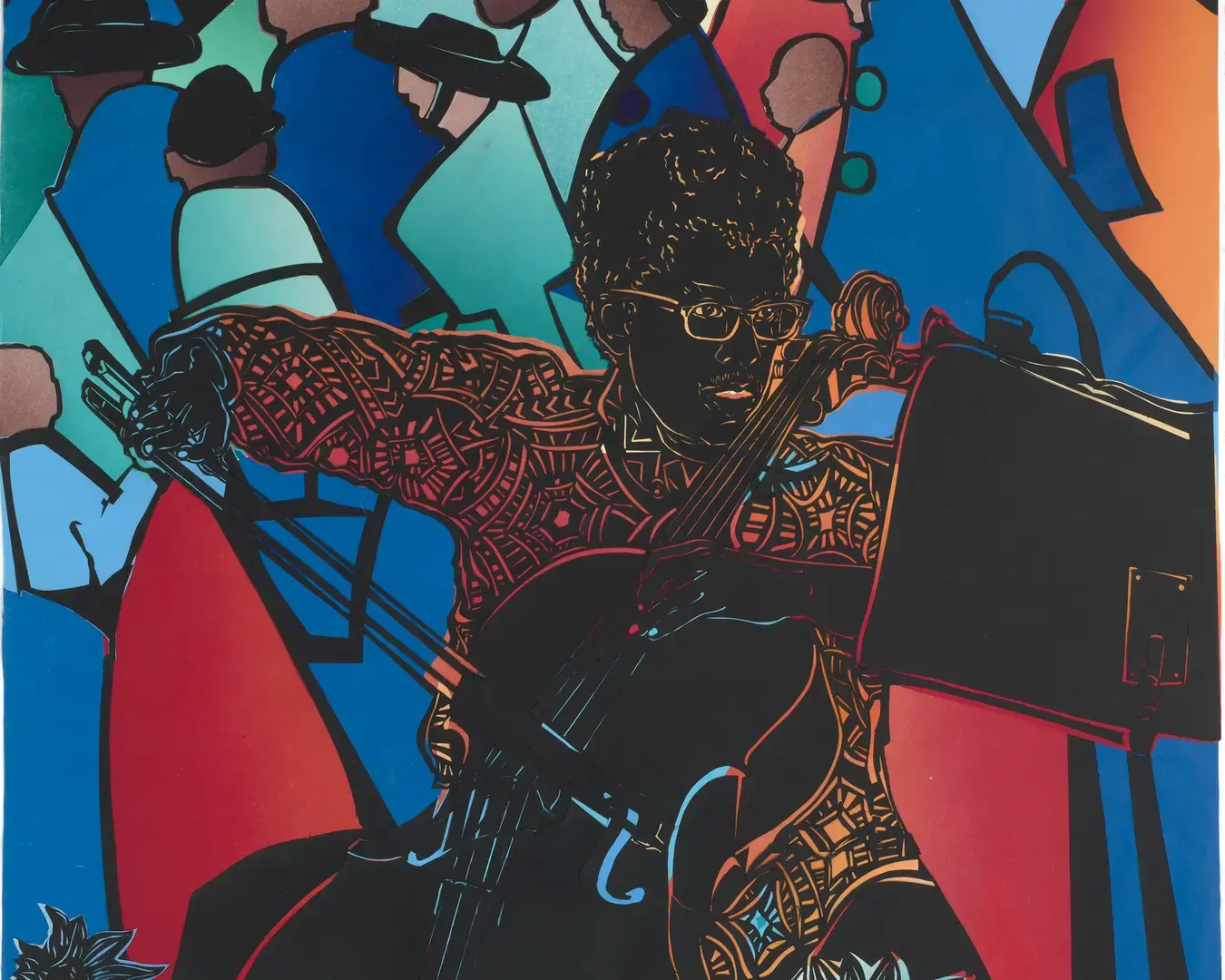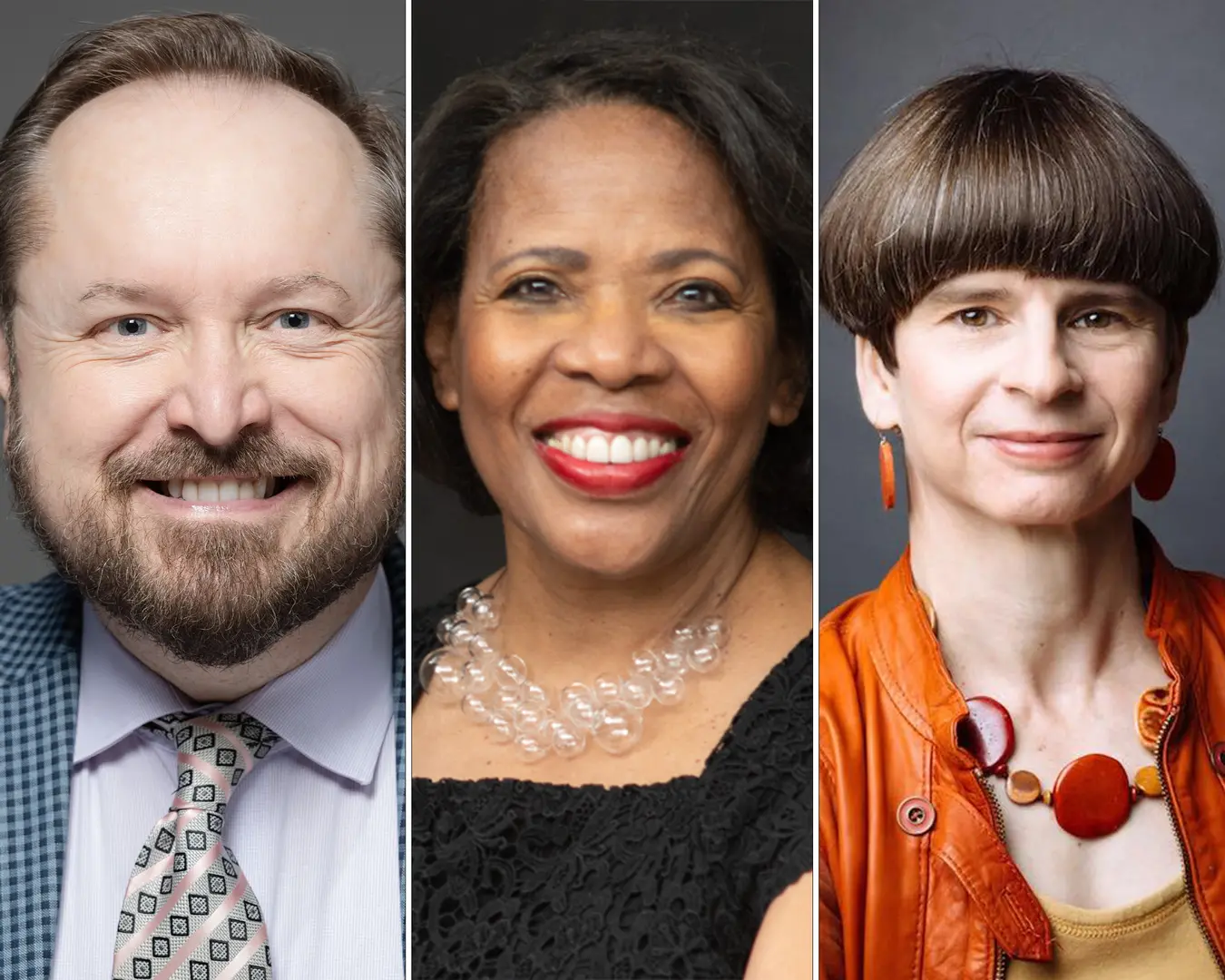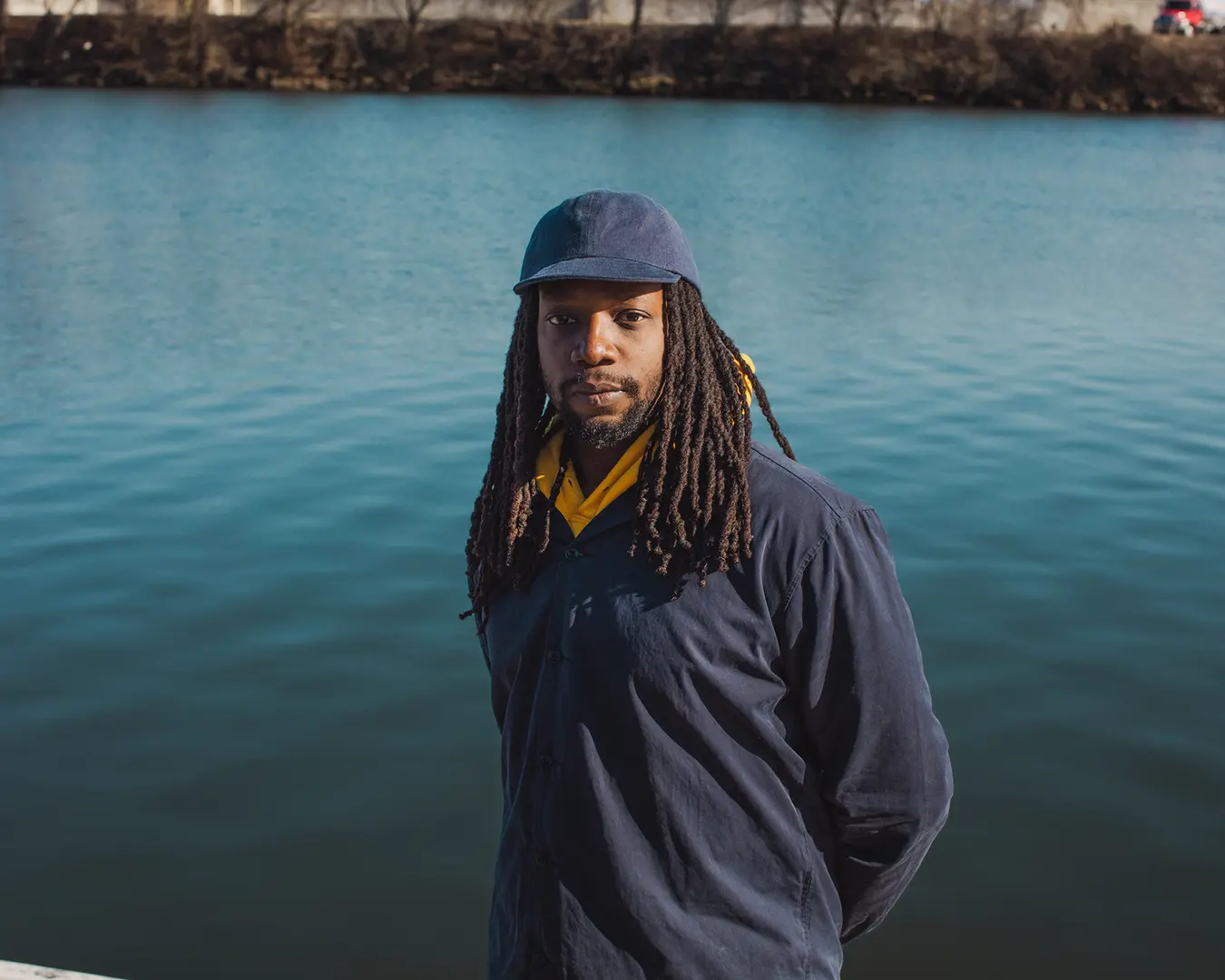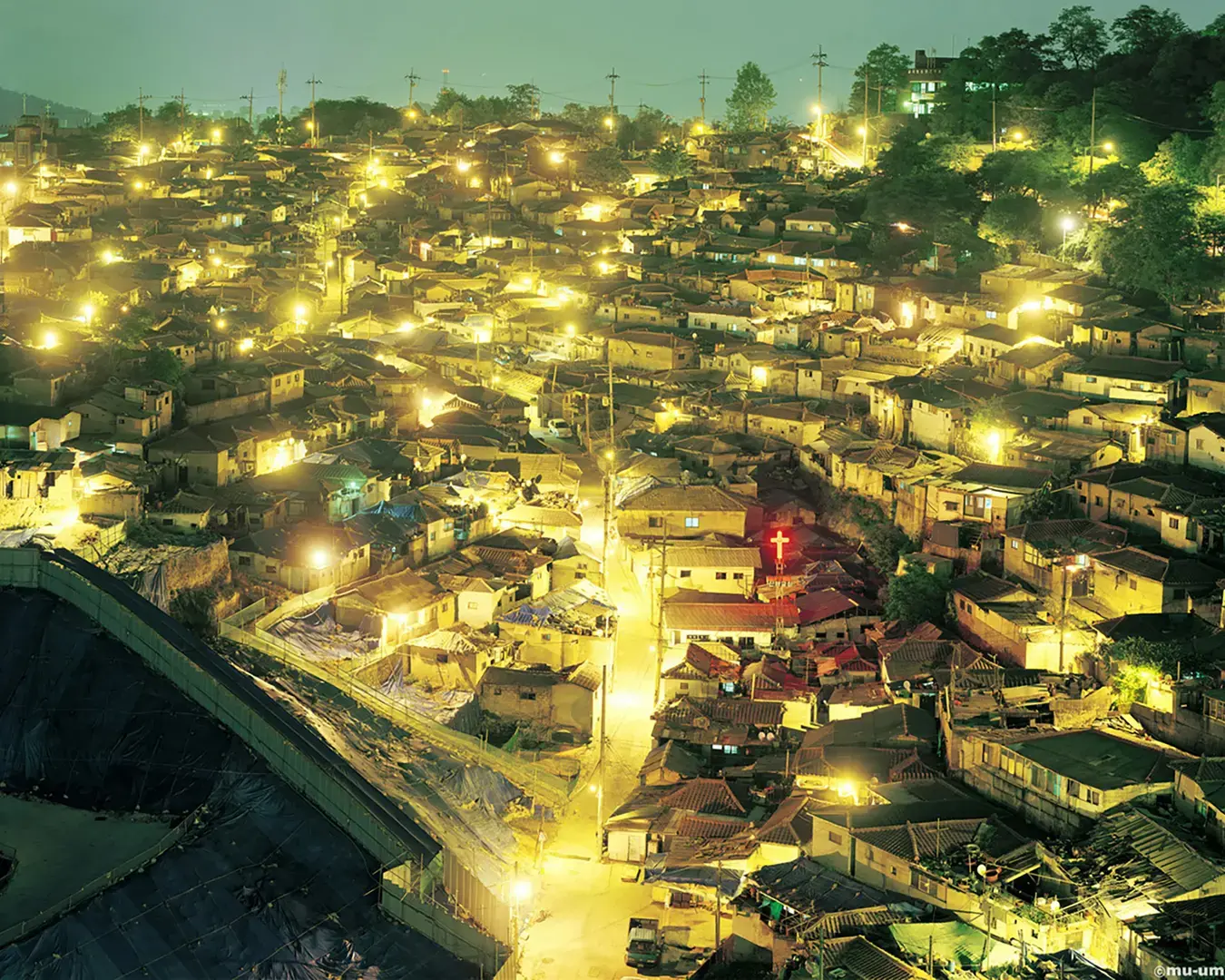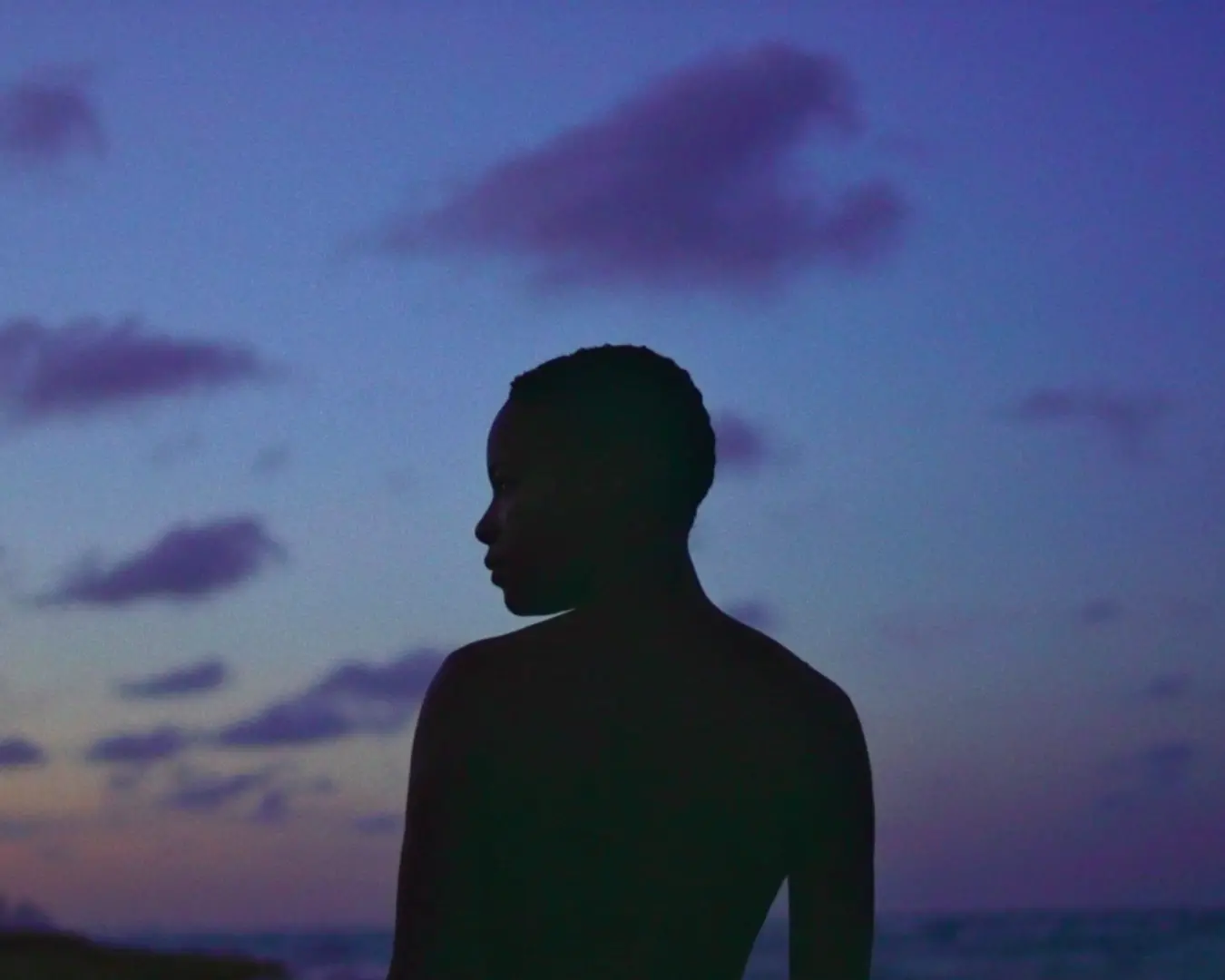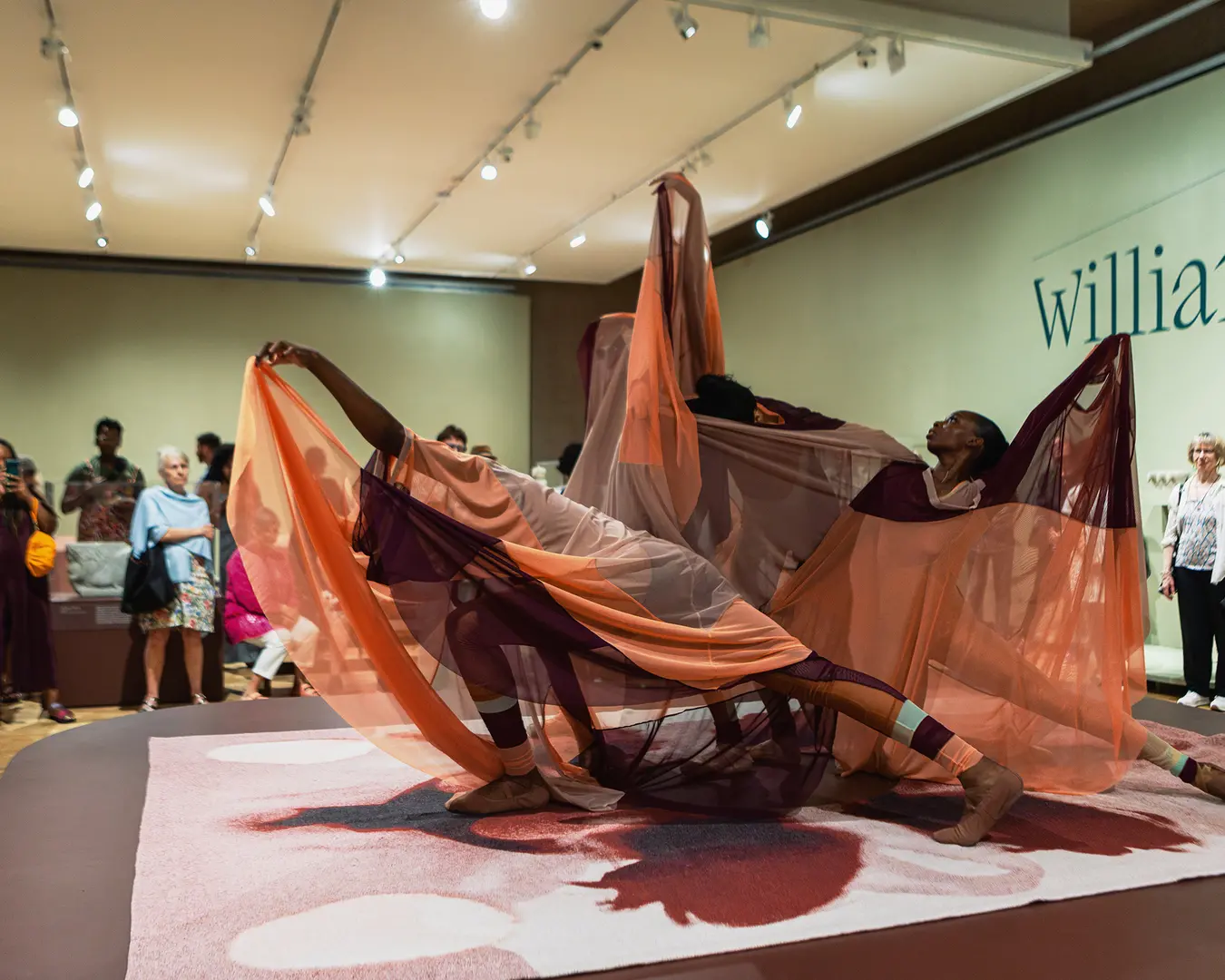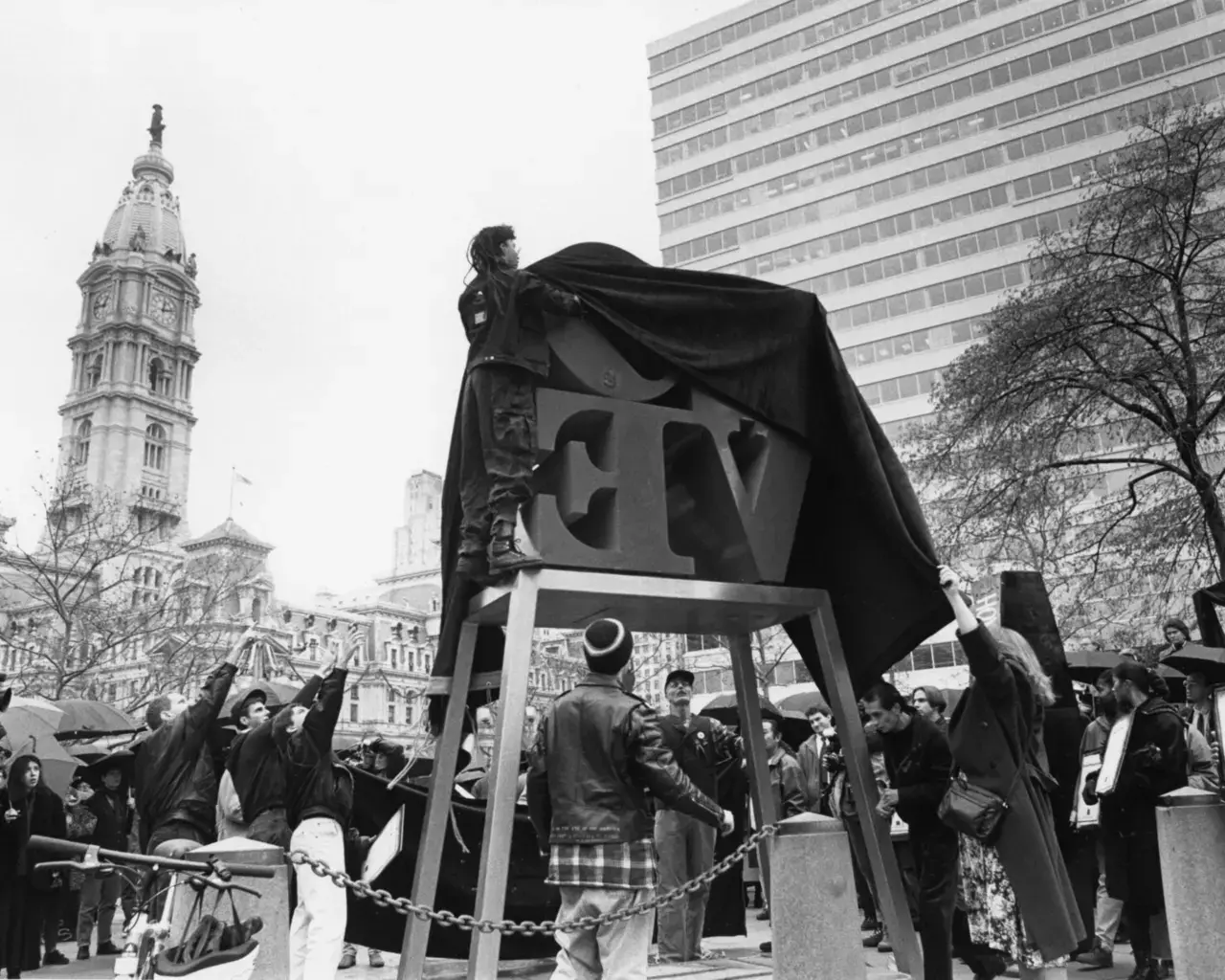
Pride Month is a time for defiant revelry and affirmational festivities. That exuberant embrace of queer individuality and community is anchored in a sense of history, though, an acknowledgement of all that a resilient community has overcome and achieved.
In Remembrance, a multidisciplinary memorial honoring Philadelphians affected by the HIV/AIDS crisis, William Way LGBT Community Center presents a variety of new works—including an exhibition, theatrical performance, and digital archive—to express hidden stories of courage and perseverance. These stories offer an opportunity for reflection and a chance to restore dignity to those whose lives were cut short.
The exhibition Gone and For Ever is on view at William Way (1315 Spruce St., Philadelphia) from June 21 to 25, 2022, and a “going home ceremony” and public procession are planned for June 25.
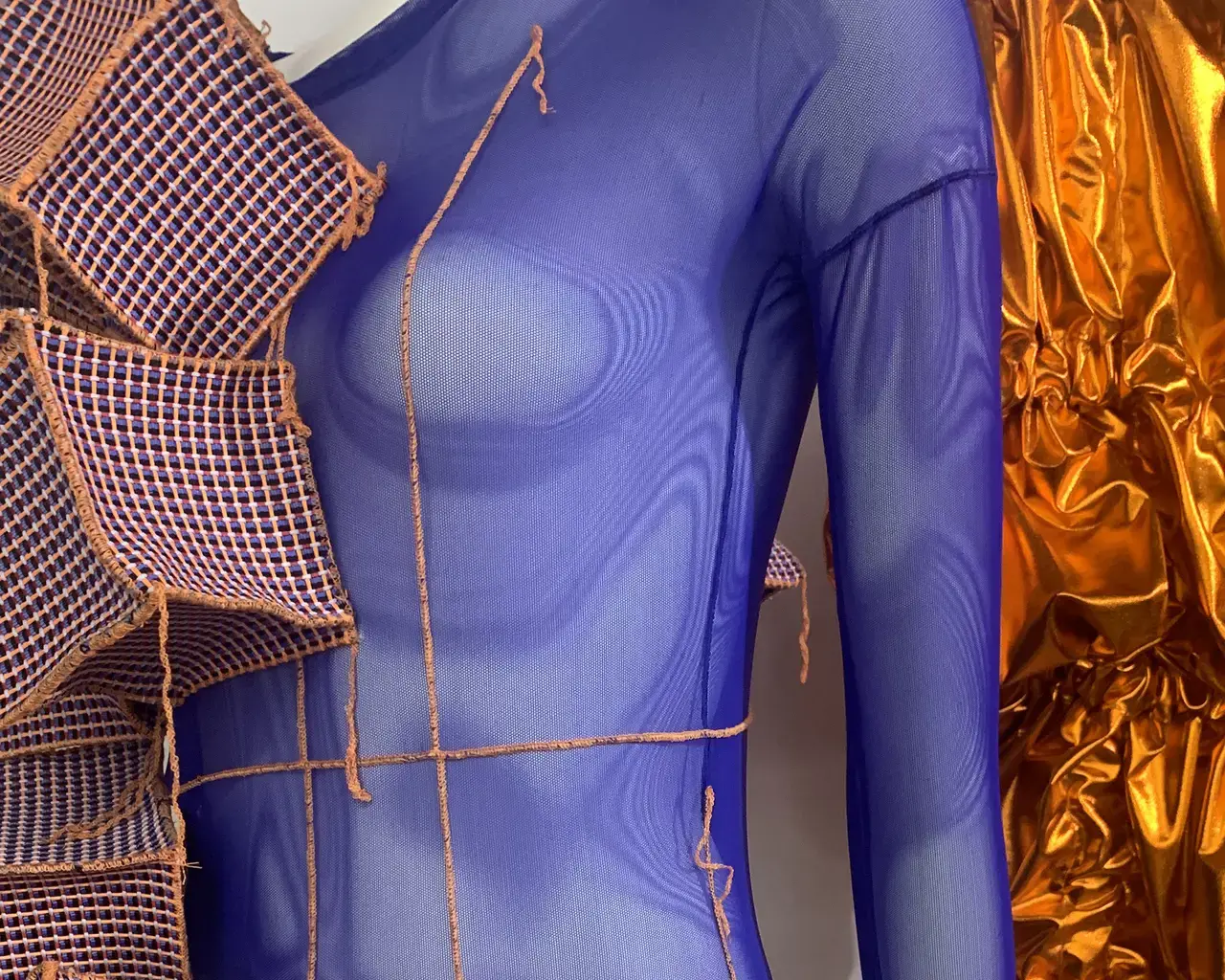
“It’s our collective responsibility to remember the beautiful memories of our LGBTQ family members, and to force others to look when they’d rather forget,” Chris Bartlett, William Way executive director, writes in a Plus Magazine op-ed. “Because if we refuse to stop for a moment to give epidemics, like HIV/AIDS and in the future COVID-19, the solemnity and reverence they too deserve, we will be forced to re-learn these current lessons once again.”
There is more to honoring the fallen than simply acknowledging their stories, and Remembrance is “an intervention toward restorative memory,” according to William Way’s press release. It is an act of creation rather than solely of conservation, using art to connect these narratives to today's communities and to memorialize those most at risk of being forgotten.
“While many HIV/AIDS memorials across the country are largely physical in structure,” Bartlett writes, “Remembrance is a memorial experience with civic and theatrical performances, oral histories, designed in partnership with local artists, activists, and community leaders.”
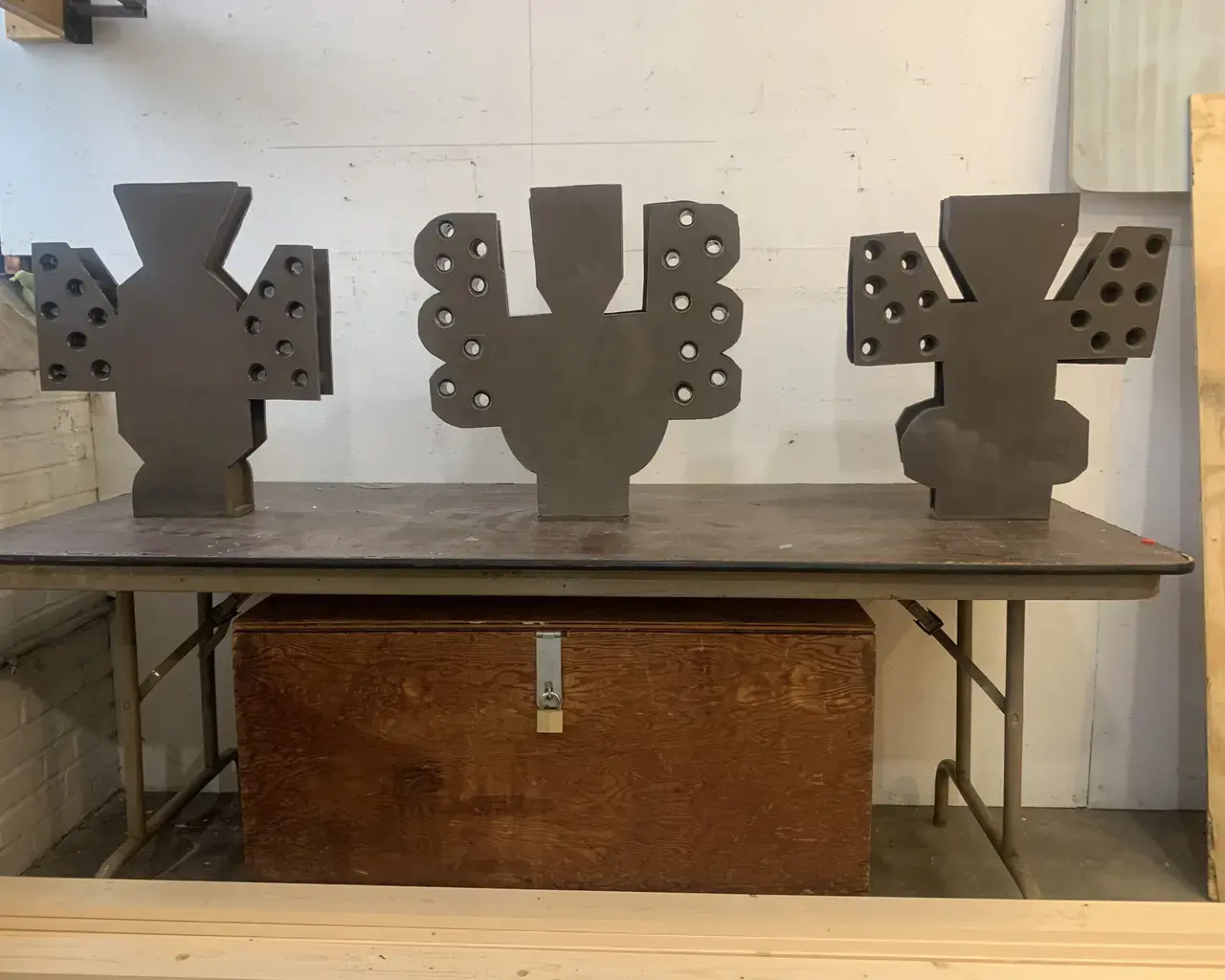
Remembrance culminates later this month with Gone and For Ever, a “going home” ceremony and exhibition devoted to people abandoned during the HIV/AIDS crisis, before, during, or after their deaths. Directed by artist Alex Stadler, a team of collaborators—including thinking partner Amy Sadao, composer and Pew Fellow Kinan Abou-afach, sculptor and textile artist Liz Collins, and costumers and clothing designers Claire Fleury and The Henry—are creating funeral urns, a shroud, elegies, and a requiem. These items will be carried in a procession from William Way to The Church of Saint Luke & the Epiphany for a final memorial ceremony, which will incorporate words from three writers who died in the first ten years of the crisis.
This ceremony is rooted in work that began years ago. In 2020 and 2021, Philadelphia community leader and HIV activist Waheedah Shabazz-El led a team to conduct more than 40 community listening sessions with a wide range of Philadelphia communities to collect stories of people affected by HIV/AIDS. Shabazz-El created a system for story-gathering, including preliminary training for listeners on HIV literacy and non-stigmatizing language. This aspect of the project builds on William Way’s ongoing Philadelphia AIDS Oral History Project, which previously focused on only survivors and first responders.
Last month, William Way presented These Don’t Easily Scatter, an original theatrical work. Ain Gordon, who wrote and directed the play, drew inspiration from Remembrance’s community listening sessions and more than 20 interviews he conducted himself. Produced in collaboration with the Pick Up Performance Co, the play follows three fictional characters adapting to the early years of the HIV/AIDS crisis in Philadelphia.
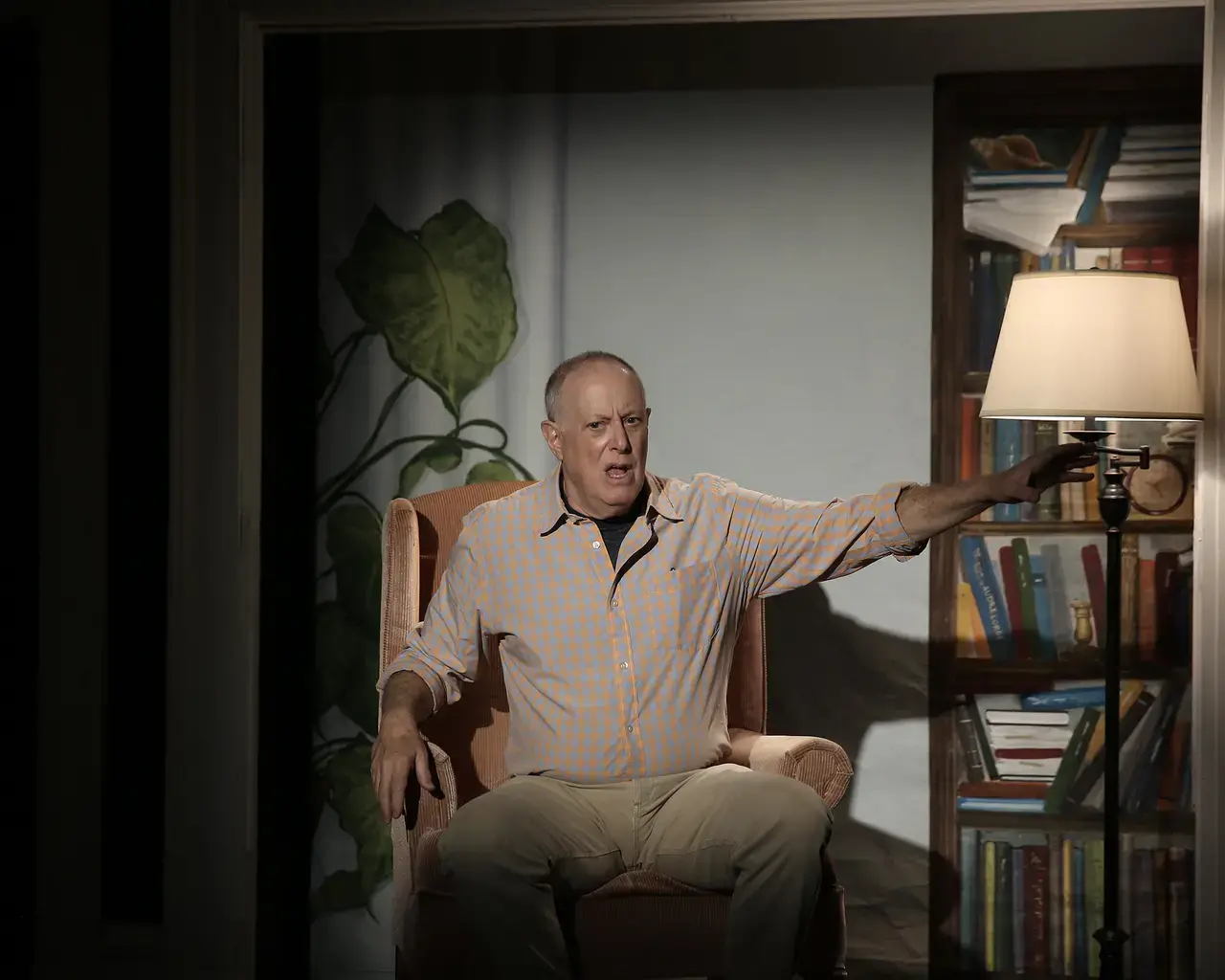
To make these stories available to the public into the future, William Way will launch a digital archive for Remembrance on World AIDS Day/Day Without Art, December 1, 2022. John Anderies, director of William Way’s John J. Wilcox Jr. Archives, is directing the website’s development in tandem with the ongoing work of the archives’ Philadelphia AIDS Oral History Project. The website will include recordings and transcripts of community listening sessions, archival images offered by listening session participants, documentation of These Don’t Easily Scatter, images from Stadler’s urn design process, documentation of the “going home” ceremony, and other materials related to the project.
Supported by a 2019 Center Project grant, Remembrance was conceived long before the COVID-19 pandemic began, but this ongoing public health crisis puts Remembrance’s purpose into relief.
“But the hard work we did to document these stories, create the play, and do the remembrance ritual, plays really well in the context of COVID,” Bartlett told WHYY. “I think it will help many of us to look at people we lost, but haven’t had the time because we’re exhausted, we’re sad, we’re dealing with day-to-day life. It’s very challenging right now to fully remember the men and women who died during this time.”
